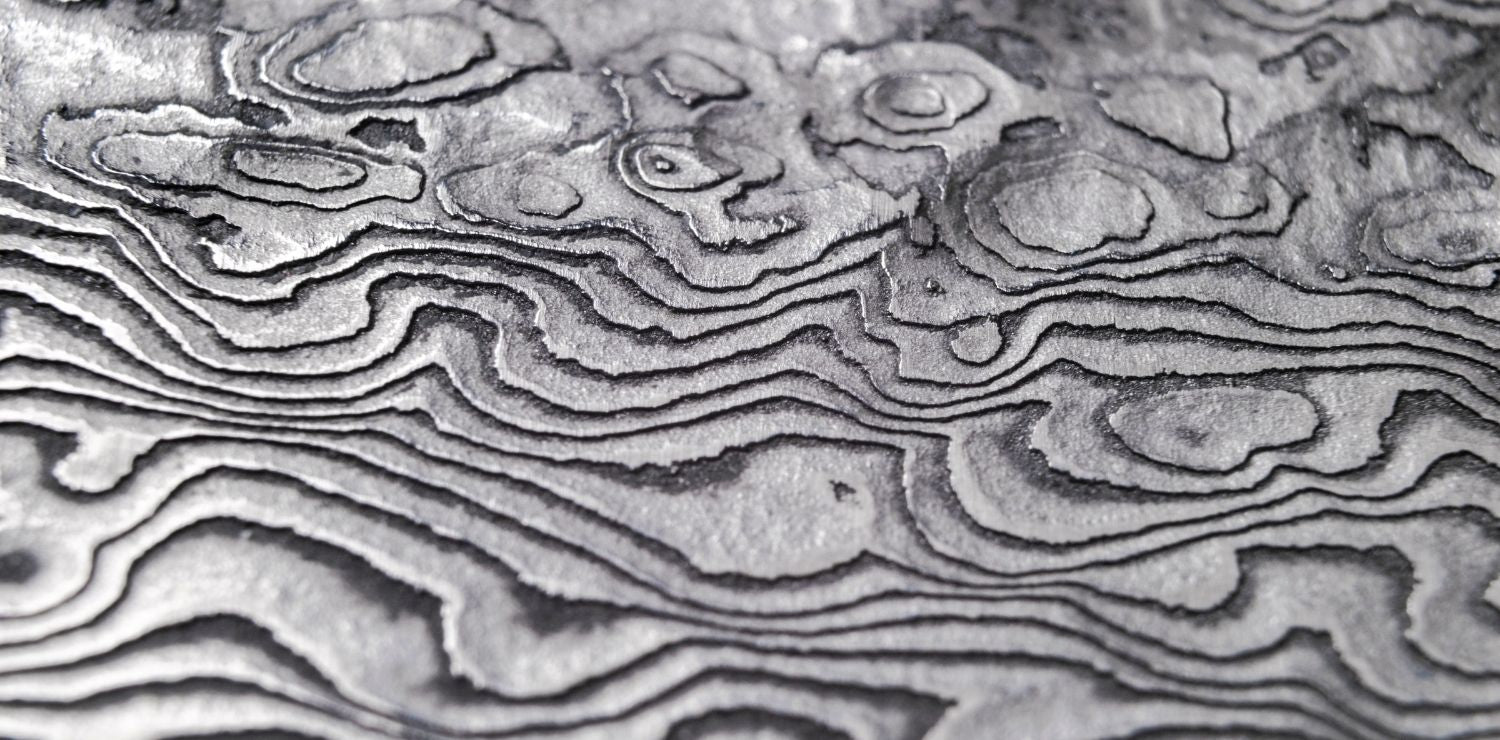The damask pattern: meaning and aesthetics
The damask pattern, with its intricate interlacing and undulating lines, is one of the most captivating and fascinating patterns in art and craft. It has a rich history that spans centuries and is found in various cultures around the world. In this article, we will explore the meaning and aesthetics of this timeless pattern.
Historical origins of the damask pattern
The damask pattern takes its name from the city of Damascus, Syria, where it originated. It was first discovered over a thousand years ago, when it was used to create exceptionally beautiful fabrics. Over the centuries, the pattern has spread to various cultures, from Asia to Europe , and has been adapted to many art forms, including cutlery, goldsmithing, ceramics, fashion, and more.
Aesthetics of the damask pattern
The damask pattern is known for its intricate and sophisticated appearance. It is often composed of intertwined geometric patterns, flowers, foliage, scrolls, or other decorative elements. What makes the pattern so captivating is the way these elements blend seamlessly into one another, creating a sense of depth and three-dimensionality. The flowing lines and graceful curves give the pattern a soft yet powerful appearance.
The colors used in damask patterns vary, but are generally rich and deep. Hues of blue, green, red, and gold are often present, creating a striking contrast with the dark background of the pattern. These vibrant colors enhance the visually stimulating aspect of the pattern, giving it an aura of mystery and sophistication.
Meaning of the damask pattern
The damask pattern does not have a universal meaning, as it depends largely on the cultural context and specific use. However, it is often associated with values such as beauty, elegance , richness and complexity. In many cultures, it is considered a symbol of perfection and harmony.
Furthermore, the damask pattern can also be interpreted as a reflection of the complexity of life itself. It symbolizes the various forces that intertwine to create a complex and rich weave. It is a reminder that beauty can emerge from diversity and multiplicity.
Modern applications of the damask pattern
Today, the Damascus pattern continues to inspire artists, designers, and artisans around the world. It is commonly used in fashion to create clothing, accessories, and jewelry. Damascus steel knives , with their ornate blades, are also highly prized. Additionally, the Damascus pattern is seen in interior design, where it adorns rugs, furniture, and art objects.
In conclusion, the damask pattern is much more than just a decoration. It is a deeply meaningful visual and cultural element that has endured through the ages to remain an endless source of inspiration for artists around the world. Its rich meaning and aesthetic will continue to captivate creative minds for many generations to come. The damask pattern, with its timeless elegance, is a tribute to the intricate beauty of the world around us.







How to use your Japanese knives creatively?
Beware of Scams! Top Tips to Check Kaitsuko Authenticity